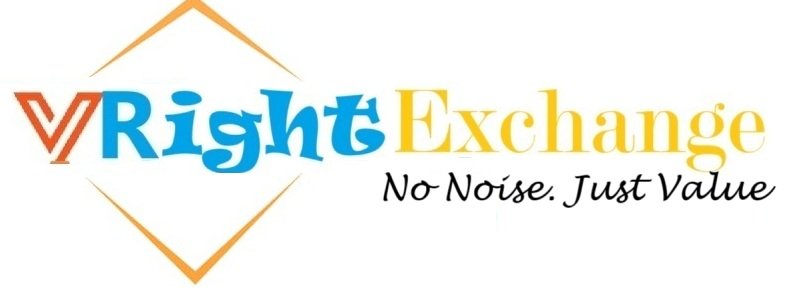-
AARYANA MATASCO posted an update in the group Logistics & Supply Chain Group
4 weeks agoThe Cooling Revolution: Indian Companies Powering Homes, Factories & Data Centers
The Big Picture: Cooling as India’s Next Manufacturing Goldmine
India’s cooling industry—valued at ₹45,000–50,000 crore (USD 5.5 billion)—is entering a transformative growth phase, projected to expand at 10–12% CAGR through 2030.Despite being one of the world’s hottest major economies, cooling penetration remains below 10% of households, compared to over 90% in developed markets. The opportunity is immense—driven by heatwaves, rapid urbanization, rising incomes, and policy tailwinds including the Production Linked Incentive (PLI) scheme, Make in India, and import substitution initiatives.
What was once seen as a comfort product is now a critical infrastructure need, spanning residential, industrial, and digital ecosystems—from homes and hospitals to data centers and cold chains.
A key structural driver: hyperscale data centers, the cooling-intensive backbone of India’s digital economy. As these facilities proliferate, cooling solutions are evolving into a new industrial growth engine.
Indian Cooling Companies: Roles, Data Center Exposure, Upside & Risks
1. Voltas (Tata Group)
India’s largest AC brand with 20%+ market share, strong in consumer and light commercial segments.
Upside: Heatwave-driven demand, brand trust.
Risks: Seasonality, margin pressure.
2. Blue Star
Leader in commercial HVAC and precision cooling for large data centers.
Upside: Infrastructure expansion, data center growth.
Risks: Project delays, competitive bidding.
3. Amber Enterprises
OEM for major AC brands; expanding into telecom and data center cooling modules.
Upside: Localization, PLI benefits.
Risks: Client concentration, execution complexity.
4. PG Electroplast
OEM/ODM for ACs and components; minimal current data center exposure but scalable potential.
Upside: Backward integration, expanding capacities.
Risks: Raw material inflation, limited pricing power.5. Epack Durable
Vertically integrated OEM in RACs and cooling modules with indirect data center exposure.
Upside: Capacity expansion, localization.
Risks: Execution, GST policy risks.
6. KRN Heat Exchanger
Specialized supplier of coils for data center chillers.
Upside: Local sourcing, capex-led growth.
Risks: Copper price volatility, competitive pressures.
7. Johnson Controls–Hitachi
Precision HVAC for commercial and server facilities.
Upside: Integration with Bosch, MNC technology access.
Risks: Integration complexity, global competition.
8. Havells (Lloyd)
Focused on consumer ACs; no data center exposure yet.
Upside: Wide retail reach.
Risks: Low market share, price wars.
9. Crompton Greaves, IFB Industries, Sharp India
New or expanding entrants in cooling.
Upside: Growing market entry.
Risks: Late mover disadvantage, import reliance.
10. Virtuoso Optoelectronics
EMS player with potential in data center control systems.
Upside: Expanding EMS opportunity.
Risks: Cyclicality of electronics demand.
11. Ice Make Refrigeration
Industrial and cold-chain specialist; exploring data center cooling applications.
Upside: Food, pharma, and digital demand convergence.
Risks: High capital intensity.
12. Shree Refrigerations
High exposure to data centers via JV with Smardt for oil-free magnetic chillers.
Upside: Energy-efficient technology, strong order book.
Risks: IPO-phase volatility.
Cooling the Cloud: India’s Data Center Boom
• India’s data center capacity is set to triple by 2030.
• Cooling consumes 40–50% of a data center’s total power.
• Next-gen oil-free magnetic chillers can cut energy use by up to 50%, improving both sustainability and profitability.
• Blue Star and Shree Refrigerations are emerging as key beneficiaries of this transformation.
As India’s data center footprint expands across Mumbai, Chennai, Hyderabad, and Noida, the demand for precision, efficient, and sustainable cooling will create a new wave of industrial growth.
The Future Outlook
By 2030, India aims to become not just a large domestic market but a global exporter of cooling systems—from copper coil manufacturing units in Ranchi to AI-enabled data center cooling in Mumbai.
The hotter the climate gets, the more critical and valuable this sector becomes. For long-term investors, India’s cooling revolution represents a structural, multi-decade opportunity—bridging comfort, sustainability, and digital growth.

